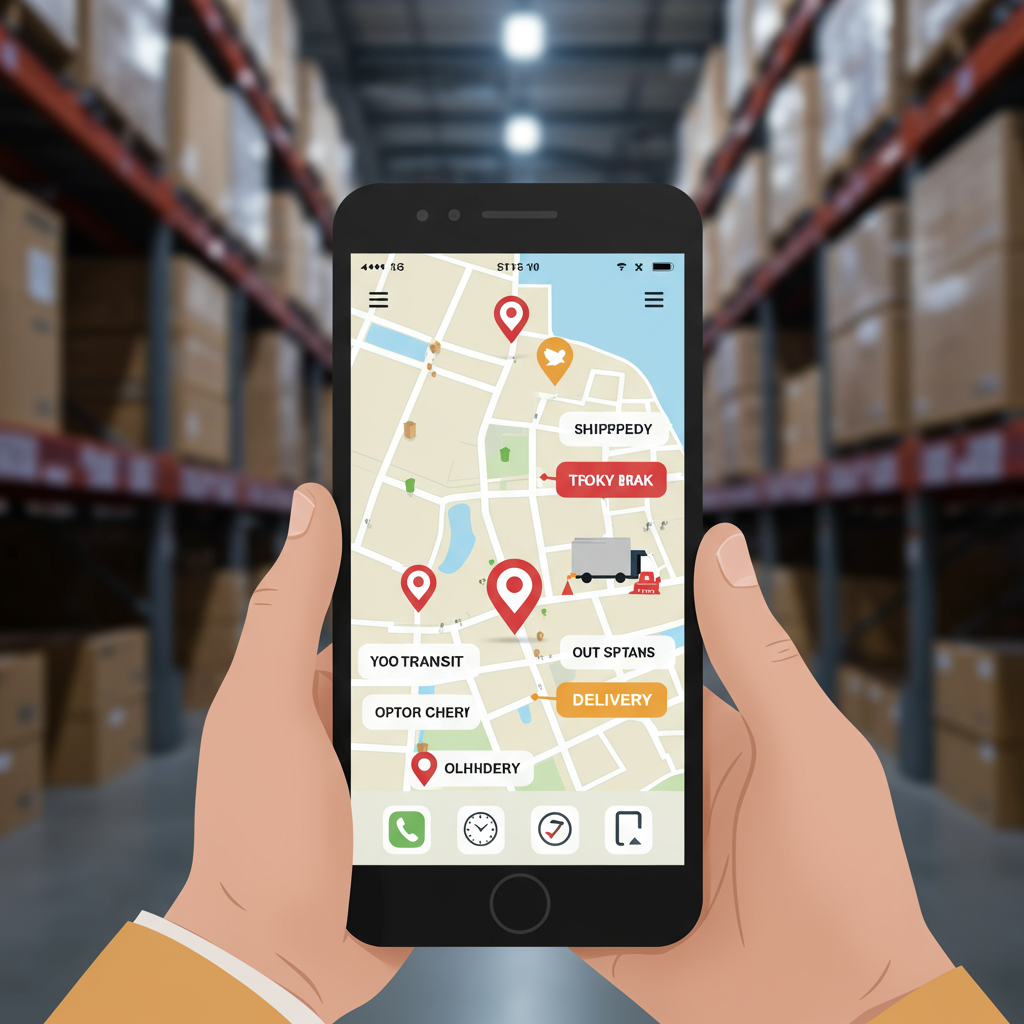Unlock the power of seamless order tracking to boost customer satisfaction and streamline your Shopify operations.
As a Shopify merchant, I understand the daily hustle of managing orders, inventory, and customer expectations. One area that often gets overlooked, yet holds immense power to transform your customer experience, is robust order tracking.
It’s not just about telling your customer where their package is; it’s about building trust, reducing anxiety, and ultimately, fostering loyalty. In my experience, a well-implemented order tracking system can be a game-changer.
Think about it from your customer’s perspective. They’ve just made a purchase, and now they’re eagerly awaiting their new item. The period between purchase and delivery can be filled with anticipation, but also uncertainty.
Providing clear, consistent, and easily accessible tracking information alleviates this uncertainty. It transforms a potentially anxious wait into an exciting journey, where they feel informed every step of the way.
For us merchants, the benefits are equally compelling. Proactive tracking reduces the dreaded ‘Where Is My Order?’ (WISMO) inquiries, freeing up valuable customer service time.
It also empowers customers to self-serve, which is a win-win for everyone. When customers can find answers themselves, they feel more in control and less frustrated.
Shopify, by default, offers some basic tracking capabilities. When you fulfill an order and add a tracking number, customers receive an email with a link to the carrier’s website.
This is a good starting point, but it often lacks the branded experience and detailed updates that modern customers expect. The customer is redirected away from your store, losing that crucial brand touchpoint.
This is where integrating a dedicated order tracking solution becomes invaluable. These solutions go far beyond basic carrier links, offering a comprehensive suite of features designed to enhance the post-purchase experience.
So, what exactly should you look for in an order tracking integration for your Shopify store? Let me walk you through the key features and considerations.
Firstly, I always prioritize real-time updates. Customers want to know exactly where their package is, from the moment it leaves your warehouse until it arrives at their doorstep.
This means integration with a wide array of shipping carriers globally. A good solution will automatically detect the carrier and pull in the latest status.
Secondly, a branded tracking page is non-negotiable. Instead of sending customers to a generic carrier website, you want them to land on a page that reflects your brand’s aesthetic and messaging.
This branded page reinforces your identity and keeps the customer engaged with your store, even after they’ve completed their purchase.
Customizable notification triggers are another critical feature. Beyond just ‘shipped’ and ‘delivered,’ you should be able to send updates for ‘in transit,’ ‘out for delivery,’ or even ‘delivery exception.’
These notifications can be sent via email, SMS, or even through popular messaging apps, ensuring your customers receive updates on their preferred channel.
Multi-carrier support is essential, especially if you ship internationally or use different carriers for various product types. A robust solution should integrate seamlessly with hundreds of carriers worldwide.
Analytics and reporting capabilities are also incredibly useful. I like to see data on delivery times, common shipping issues, and customer engagement with tracking pages.
This data can help you identify bottlenecks in your shipping process, improve carrier selection, and even optimize your customer communication strategies.
Integration with your customer service tools, like a help desk, can further streamline operations. This allows your support team to quickly access tracking information without switching between multiple platforms.
When it comes to implementing an order tracking solution, the process is typically straightforward. Most solutions are available as apps in the Shopify App Store.
My first step is always thorough research. Read reviews, compare features, and consider your specific shipping volume and customer needs.
Once you’ve chosen an app, installation is usually a one-click process. The app will then guide you through connecting your Shopify store and configuring your preferences.
Configuration involves setting up your branded tracking page, customizing notification templates, and linking your shipping carriers.
Always perform thorough testing before going live. Place a few test orders, track them, and ensure all notifications are firing correctly and the tracking page looks as expected.
Once everything is set up, communicate clearly with your customers about the new tracking experience. Let them know where to find their tracking information and what to expect.
Set realistic expectations for delivery times. While tracking provides transparency, it doesn’t speed up the shipping process itself. Be upfront about estimated delivery windows.
Leverage the data you collect. Use insights from your tracking analytics to refine your shipping strategy, improve carrier performance, and enhance the overall post-purchase journey.
Consider proactive support. If a delivery exception occurs, a good tracking solution will alert you, allowing you to reach out to the customer before they even realize there’s an issue.
This level of proactive customer service can turn a potential negative experience into a positive one, showcasing your commitment to their satisfaction.
What are your thoughts on the importance of detailed order tracking for your Shopify store? I’d love to hear your perspective.
In conclusion, investing in a comprehensive order tracking integration for your Shopify store is more than just a convenience; it’s a strategic move.
It elevates your brand, reduces operational overhead, and most importantly, creates a delightful and transparent experience for your customers.
By embracing these tools, you’re not just selling products; you’re building lasting relationships based on trust and exceptional service. It’s a small investment that yields significant returns in customer loyalty and peace of mind.






